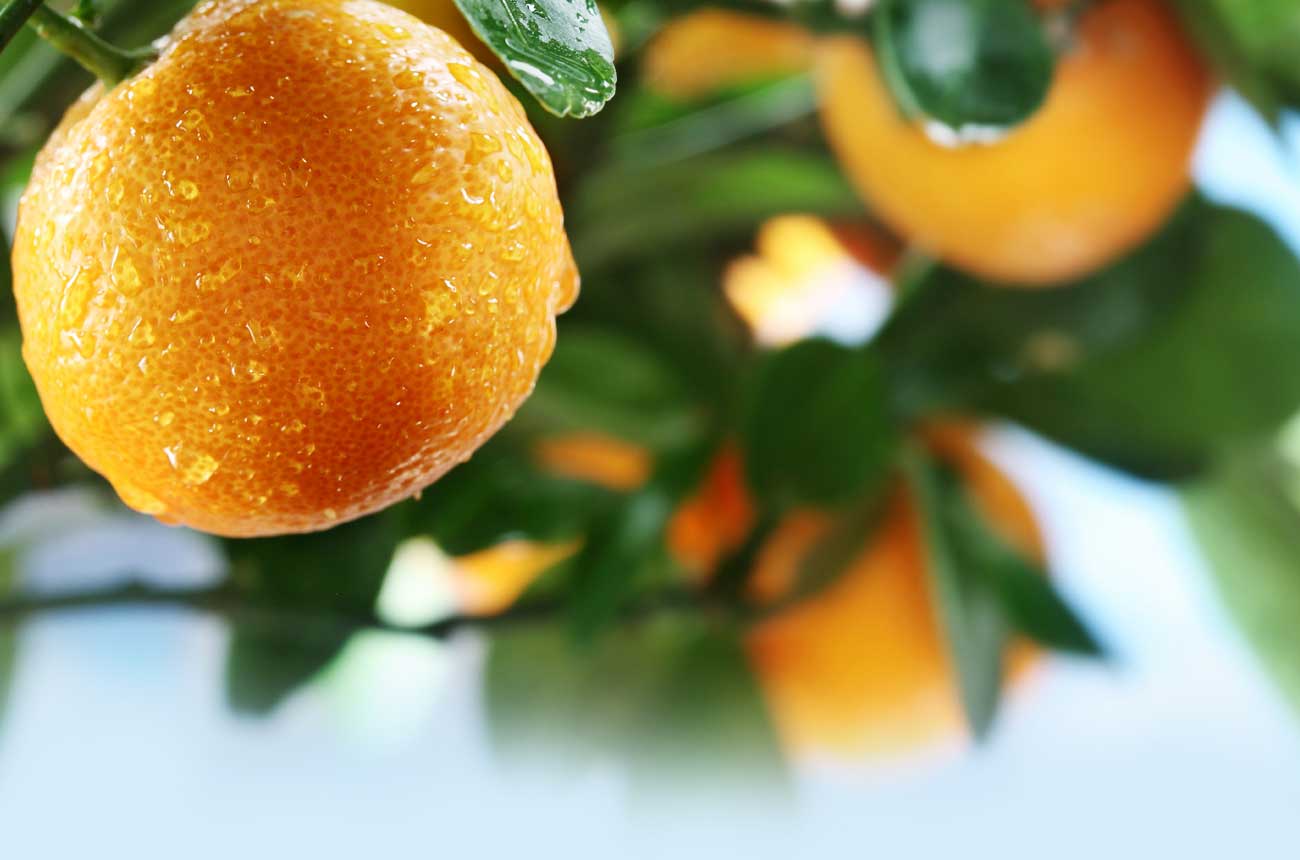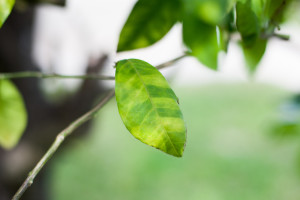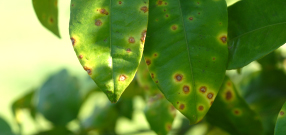The Citrus Pest and Disease Quarantine has extended beyond the citrus growing region in the Rio Grande Valley. Currently, Harris County, Montgomery County and Fort Bend County are also under quarantine by the Texas Department of Agriculture for Citrus Greening Disease. And there are three quarantined areas for Citrus Canker. It is important for citrus tree owners in these areas to be aware of this important situation.
Click HERE to view the Citrus Greening Disease Quarantine
Click HERE to view the Citrus Canker Quarantine
WHAT IS CITRUS GREENING DISEASE?
Citrus Greening, also known as Huanglongbing (HLB), is a very destructive incurable tree disease. Citrus Greening poses no threat to humans or animals and the fruit is safe to eat. A small insect called the Asian Citrus Psyllid (ACP) and moving infected plants spreads the disease. Controlling psyllid populations and removing and destroying infected trees could help slow the spread of the disease.
The Texas commercial fruit industry, citrus nurseries, and homeowners are all in danger of losing trees, tree productivity and fruit quality. Additionally, there may be increased costs and regulatory restrictions on the sale, movement and propagation of trees as well as fruit loss that affects everyone associated with Texas citrus.
LOOK FOR CITRUS GREENING
- Visible Asian Citrus Psyllids (ACP)
- Asymmetrical blotchy mottling of leaves
- Raised, thickened or corky veins on the underside of the leaf
- Lopsided, bitter, hard fruit with small, dark aborted seeds
WHAT IS CITRUS CANKER?
Citrus Canker is an incurable bacterial disease that causes lesions on the leaves, stems and fruit of citrus plants and other plants in the citrus family. It is not harmful to humans. It is highly contagious and can be spread rapidly by wind-driven rain, equipment, people carrying the infection on their hands and clothing or moving infected plants or plant parts (fruit, leaves or stems).
Long distance spread occurs through the movement of infected plants or plant parts including nursery trees and propagation material (budwood, rootstock seedlings and budded trees). Hurricanes and severe weather events of strong winds and rain can spread citrus canker long distances. The bacteria may survive for up to 10 months in lesions on living citrus plants.
LOOK FOR CITRUS CANKER
- Brown spots (or lesions) on leaves, often with an oily or water-soaked appearance
- Spots are usually surrounded by a yellow halo
- Spots can be seen on both the upper and lower sides of the leaf
- Similar symptoms can appear on fruit and stems
DO NOT MOVE CITRUS PLANTS OR ORANGE JASMINE
Do not move citrus plants out of the Citrus Greening quarantine area. Contact the Texas Department of Agriculture (TDA) about shipping requirements if you are a nursery.
INSPECT YOUR PLANTS OFTEN
Look for symptoms of Citrus Greening which include asymmetrical blotchy mottling of leaves, raised corky veins or misshapen fruit. Also look for symptoms of Citrus Canker which include brown spots with an oily or water-soaked appearance on the leaves, fruit or stems. Do not touch or move plants that you suspect have Citrus Canker. Click HERE to view photos of citrus greening symptoms. Click HERE to view photos of citrus canker.
CONTROL ASIAN CITRUS PSYLLID (ACP) POPULATIONS
The only way to protect trees is to prevent spread of Citrus Greening disease by controlling psyllid populations. Biological, chemical and organic options are available to control ACP. For more information on ACP control in Home Landscapes, click HERE.
REPORT PLANTS THAT APPEAR TO BE INFECTED
If you observe symptoms of Citrus Greening or Citrus Canker, contact The Texas Department of Agriculture:
NURSERIES
1-800-TELL TDA (1-800-835-5832)
PlantQuality@TexasAgriculture.gov
————————————————————————




 Report Sick Citrus
Report Sick Citrus

